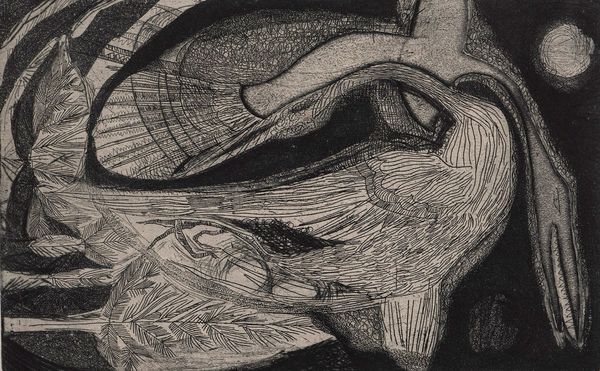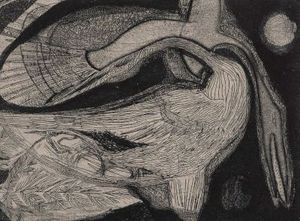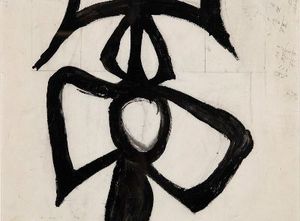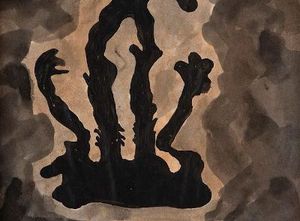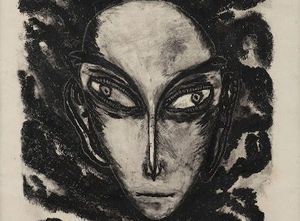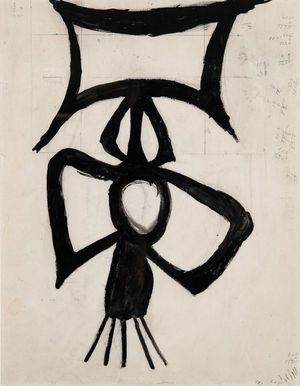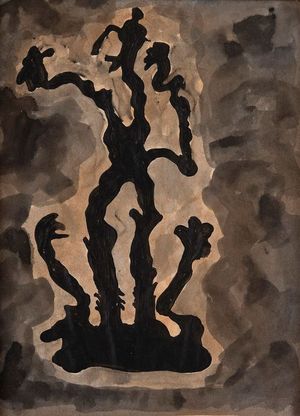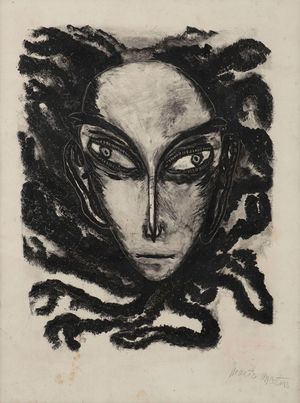Maria Martins was one of the most original personalities in the history of modern Brazilian art. She lived in several countries and began her sculpture studies in Paris with Catherine Barjanski and in Brussels with Jasper Oscar. Accompanying her ambassador husband, she moved to the United States, where she lived from 1939 to 1948. She lived in Washington and then in New York, where she studied engraving and bronze sculpture. Martins produced a large part of her work there, achieving recognition in avant-garde circles in the United States from the 1940s onwards. She attracted attention with exhibitions at the Corcoran Art Gallery in Washington and the Valentine Gallery in New York.
Throughout her career, but especially in the 1940s, Maria Martins expressed strong interest in themes related to Brazilian myths and legends, which captivated several artists linked to surrealism who had settled in the United States at the time. Martins had contact with members of this movement such as André Masson, Yves Tanguy, Marcel Duchamp, Max Ernst and Michel Tapié and the critic and writer André Breton.
Her bronze sculptures are characterized by dreamlike forms of surreal inspiration, and they place nature as an allegory of the power of desire, in contrast to the politeness of Western civilization Combining wild nature and aspects linked to the unconscious, Martins created works with a strong visual impact, charged with eroticism, violence, but also a certain docility and lyricism.
In 1950, she returned to Brazil definitely, where she contributed to the international recognition of institutions such as the Museu de Arte Moderna do Rio de Janeiro and the Bienal de São Paulo. From this period onwards, her work underwent some changes, moving away from the figuration she had adopted at the start of her career. While Maria Martins' figurative work generally dealt with themes related to religion, myths and the grotesque, her production which began in the 1950s, moved closer to abstract art, without, however, leaving behind aspects from her early career among the surrealists of New York.
Martins participated in several editions of the Bienal de São Paulo and has recently been the subject of retrospectives at Museu de Arte Moderna de São Paulo - MAM SP and Museu de Arte de São Paulo Assis Chateaubriand - MASP. Her works are part of the collections of major international museums such as the Museum of Modern Art - MoMA and Philadelphia Museum of Art, as well as Brazilian public collections such as MASP; MAM-SP; Museu de Arte Moderna do Rio de Janeiro - MAM RJ; Museu de Arte Contemporânea da USP - MAC USP; Pinacoteca do Estado de São Paulo, among other institutions.
